September 9, 2025
Breakthroughs in battery technology are powering a new era of energy efficiency and sustainable mobility. As fully autonomous vehicles edge closer to reality, intelligent systems are reshaping how we move, connect, and live. Across industries, artificial intelligence is accelerating discoveries in medicine, drug development, and countless other fields — charting bold new frontiers where data meets human potential.
These milestones aren’t random. They are the outcome of powerful connections between academia and private sector innovators. For decades, IEEE has helped foster connections between these two sectors.
We continuously explore ways to deepen both our academic connections and our industry collaborations. But make no mistake, these two sectors are inextricably linked.
Let me share my perspective. I started my college career as a double major in physics and electrical engineering. I love physics, and physicists are welcome in IEEE. I’d also say that the purpose of science is to understand the natural world. Engineering and computer science aim to apply scientific and mathematical principles to design, build, and advance technology to solve practical problems and improve daily life. While science focuses on discovery and explanation, engineering and computer science are application-oriented, taking scientific knowledge and transforming it into useful tools, systems, and processes.
When engineering is divorced from practice and solving problems, it loses its identity. Although I am an academic, I also know that I am more effective when I have some regard for practical applications. Through our public imperative activities, which leverage technology to tackle societal challenges such as sustainability, public safety, and digital privacy, IEEE is a force for innovation and a driver of meaningful impact for the public good.
IEEE’s role in supporting industry can’t be understated. Major companies scale their business development and long-term planning alongside the evolution of IEEE’s standards, which are strengthened by the collaborative input of industry leaders representing everything from cloud infrastructure providers to regulatory-heavy sectors like healthcare and finance. Inside technology companies, large and small, you are almost never one degree of separation from someone who is currently an IEEE member or was a member.
My personal motivation for many of my initiatives as president is the opportunity to bring people together across the industry-academic technology advancement spectrum. I believe the organization is at its best when it does so.
Inclusion of industry perspectives shouldn’t be an afterthought — it must be part of our design. Whether you’re leading, contributing, or simply participating in an IEEE initiative, it’s on all of us to ensure that industry voices are present, valued, and integrated. Collaboration at its best is intentional, and when we build together — with academia, government, and industry — we create solutions that are not only innovative, but truly impactful.
About the author: Kathleen Kramer is 2025 IEEE President & CEO.





 Meaningful Momentum or Running in Place?
Meaningful Momentum or Running in Place?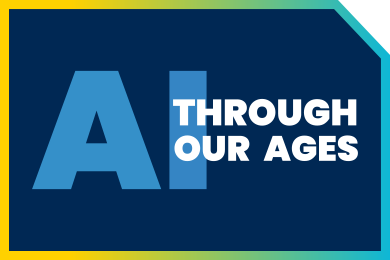 AI Through Our Ages
AI Through Our Ages Liquid Infrastructure: Our Planet's Most Precious Resource
Liquid Infrastructure: Our Planet's Most Precious Resource The Impact of Technology in 2025
The Impact of Technology in 2025 Quantum and AI: Safeguards or Threats to Cybersecurity?
Quantum and AI: Safeguards or Threats to Cybersecurity? Why AI Can't Live Without Us
Why AI Can't Live Without Us Bits, Bytes, Buildings and Bridges: Digital-Driven Infrastructure
Bits, Bytes, Buildings and Bridges: Digital-Driven Infrastructure Impact of Technology in 2024
Impact of Technology in 2024 Emerging AI Cybersecurity Challenges and Solutions
Emerging AI Cybersecurity Challenges and Solutions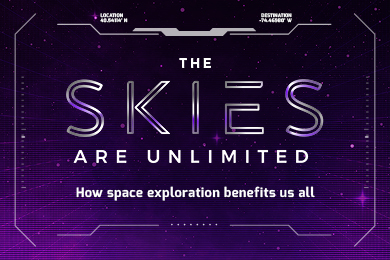 The Skies are Unlimited
The Skies are Unlimited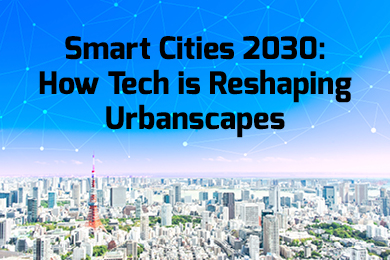 Smart Cities 2030: How Tech is Reshaping Urbanscapes
Smart Cities 2030: How Tech is Reshaping Urbanscapes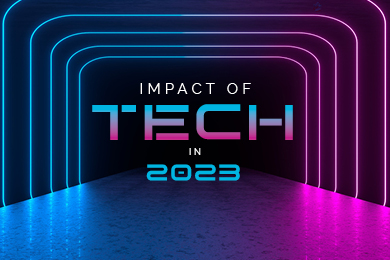 Impact of Technology 2023
Impact of Technology 2023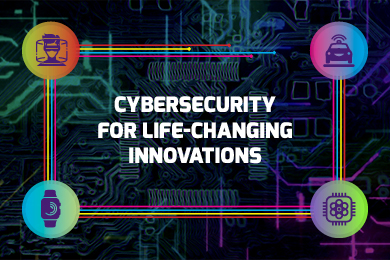 Cybersecurity for Life-Changing Innovations
Cybersecurity for Life-Changing Innovations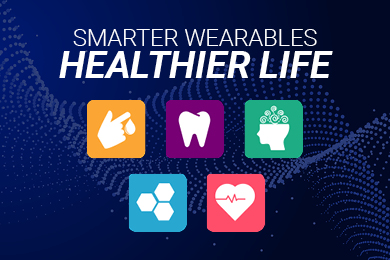 Smarter Wearables Healthier Life
Smarter Wearables Healthier Life Infrastructure In Motion
Infrastructure In Motion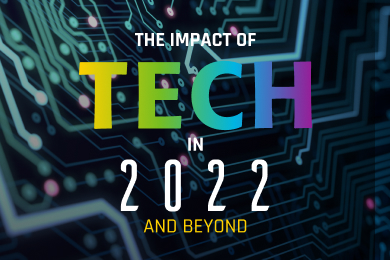 The Impact of Tech in 2022 and Beyond
The Impact of Tech in 2022 and Beyond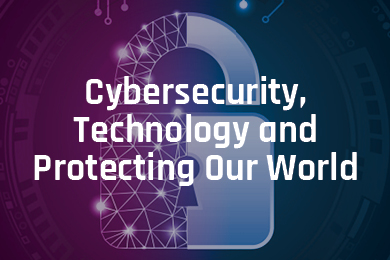 Cybersecurity, Technology and Protecting Our World
Cybersecurity, Technology and Protecting Our World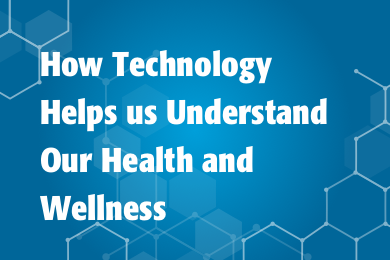 How Technology Helps us Understand Our Health and Wellness
How Technology Helps us Understand Our Health and Wellness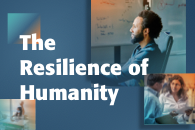 The Resilience of Humanity
The Resilience of Humanity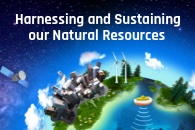 Harnessing and Sustaining our Natural Resources
Harnessing and Sustaining our Natural Resources Creating Healthy Spaces Through Technology
Creating Healthy Spaces Through Technology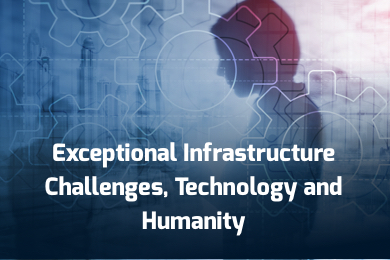 Exceptional Infrastructure Challenges, Technology and Humanity
Exceptional Infrastructure Challenges, Technology and Humanity The Global Impact of IEEE's 802 Standards
The Global Impact of IEEE's 802 Standards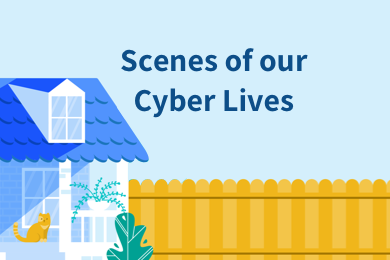 Scenes of our Cyber Lives: The Security Threats and Technology Solutions Protecting Us
Scenes of our Cyber Lives: The Security Threats and Technology Solutions Protecting Us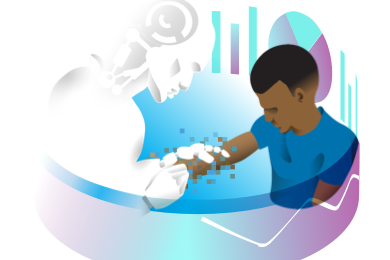 How Millennial Parents are Embracing Health and Wellness Technologies for Their Generation Alpha Kids
How Millennial Parents are Embracing Health and Wellness Technologies for Their Generation Alpha Kids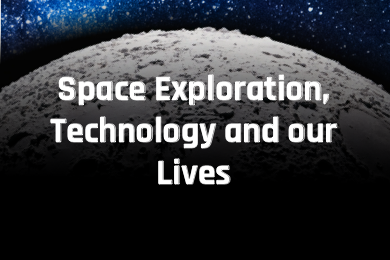 Space Exploration, Technology and Our Lives
Space Exploration, Technology and Our Lives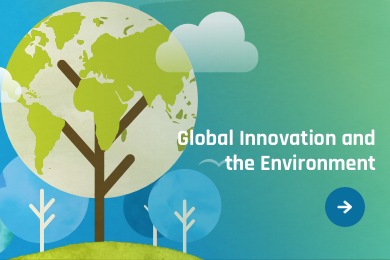 Global Innovation and the Environment
Global Innovation and the Environment How Technology, Privacy and Security are Changing Each Other (And Us)
How Technology, Privacy and Security are Changing Each Other (And Us)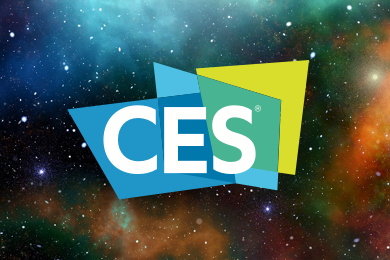 Find us in booth 31506, LVCC South Hall 3 and experience the Technology Moon Walk
Find us in booth 31506, LVCC South Hall 3 and experience the Technology Moon Walk Virtual and Mixed Reality
Virtual and Mixed Reality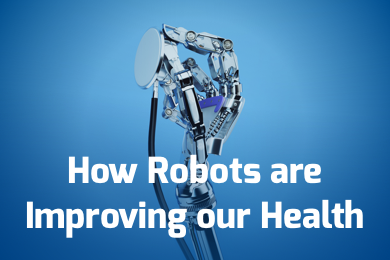 How Robots are Improving our Health
How Robots are Improving our Health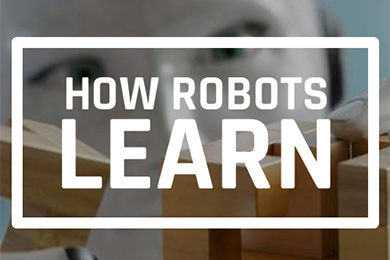 IEEE Experts and the Robots They are Teaching
IEEE Experts and the Robots They are Teaching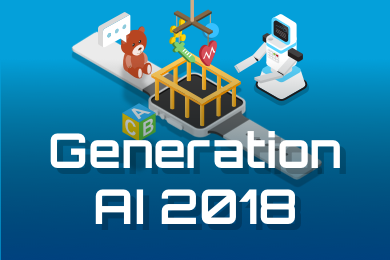 See how millennial parents around the world see AI impacting the lives of their tech-infused offspring
See how millennial parents around the world see AI impacting the lives of their tech-infused offspring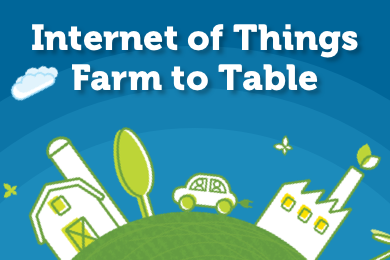 Take the journey from farm to table and learn how IoT will help us reach the rising demand for food production
Take the journey from farm to table and learn how IoT will help us reach the rising demand for food production Watch technical experts discuss the latest cyber threats
Watch technical experts discuss the latest cyber threats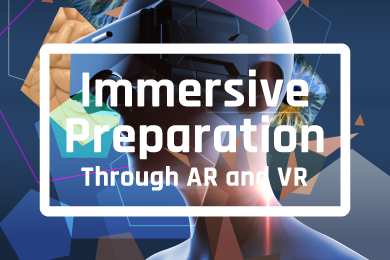 Explore how researchers, teachers, explorers, healthcare and medical professionals use immersive technologies
Explore how researchers, teachers, explorers, healthcare and medical professionals use immersive technologies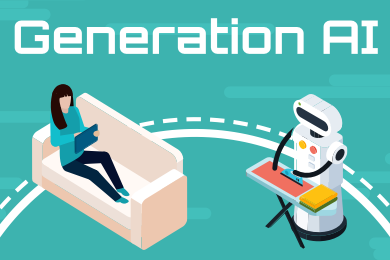 Follow the timeline to see how Generation AI will be impacted by technology
Follow the timeline to see how Generation AI will be impacted by technology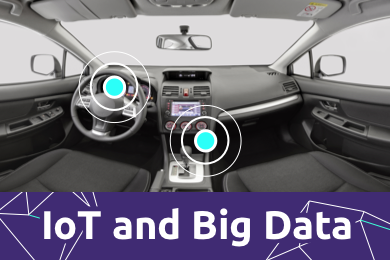 Learn how your IoT data can be used by experiencing a day in a connected life
Learn how your IoT data can be used by experiencing a day in a connected life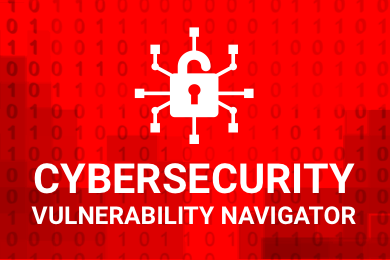 Listen to technical experts discuss the biggest security threats today
Listen to technical experts discuss the biggest security threats today See how tech has influenced and evolved with the Games
See how tech has influenced and evolved with the Games Enter our virtual home to explore the IoT (Internet of Things) technologies
Enter our virtual home to explore the IoT (Internet of Things) technologies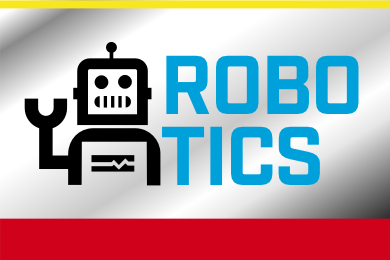 Explore an interactive map showcasing exciting innovations in robotics
Explore an interactive map showcasing exciting innovations in robotics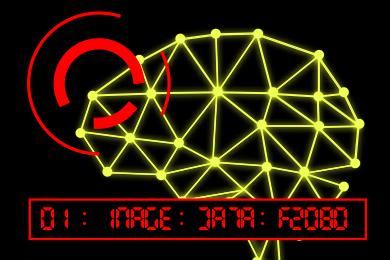 Interactively explore A.I. in recent Hollywood movies
Interactively explore A.I. in recent Hollywood movies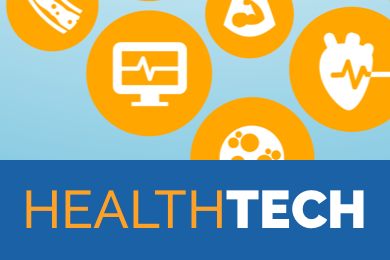 Get immersed in technologies that will improve patients' lives
Get immersed in technologies that will improve patients' lives